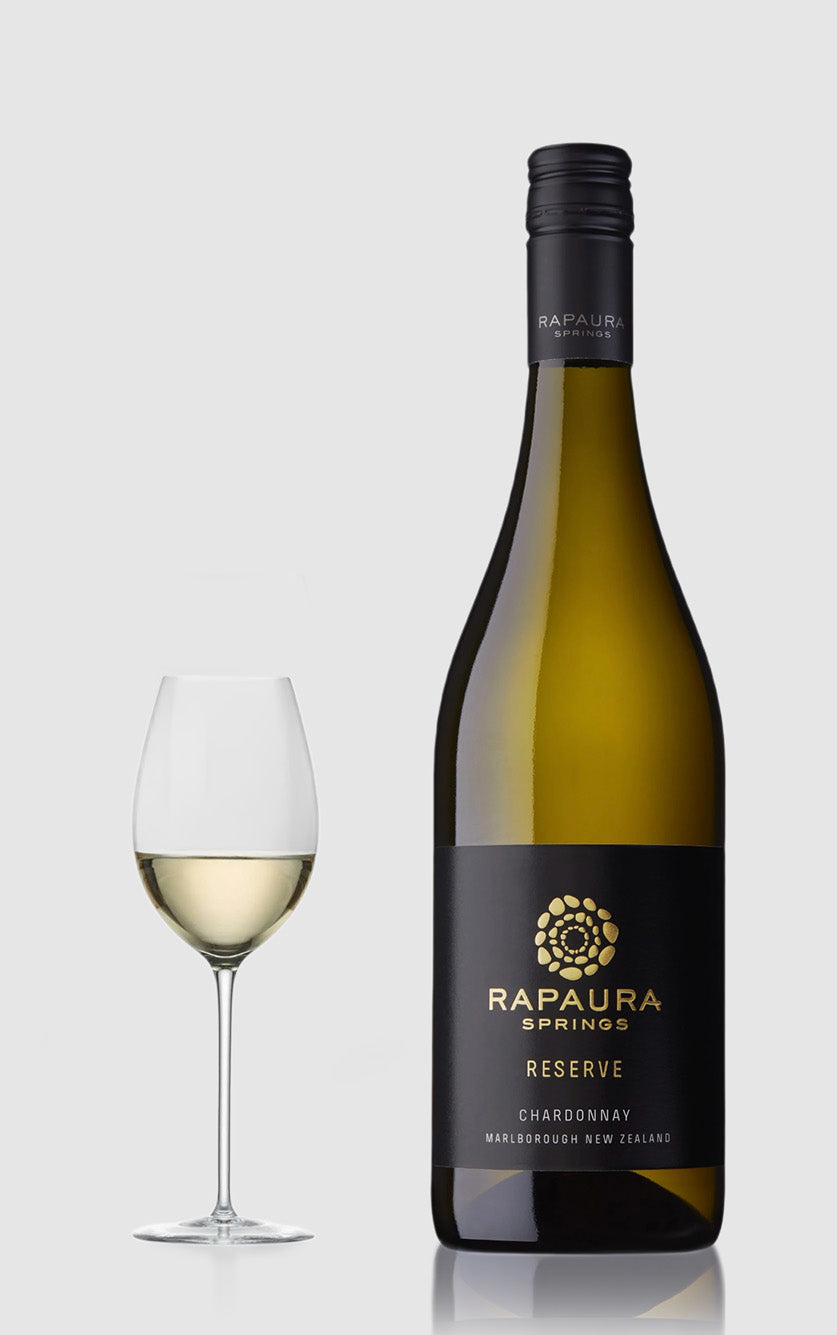Andre kategorier du måske vil kunne lide
Champagne
-
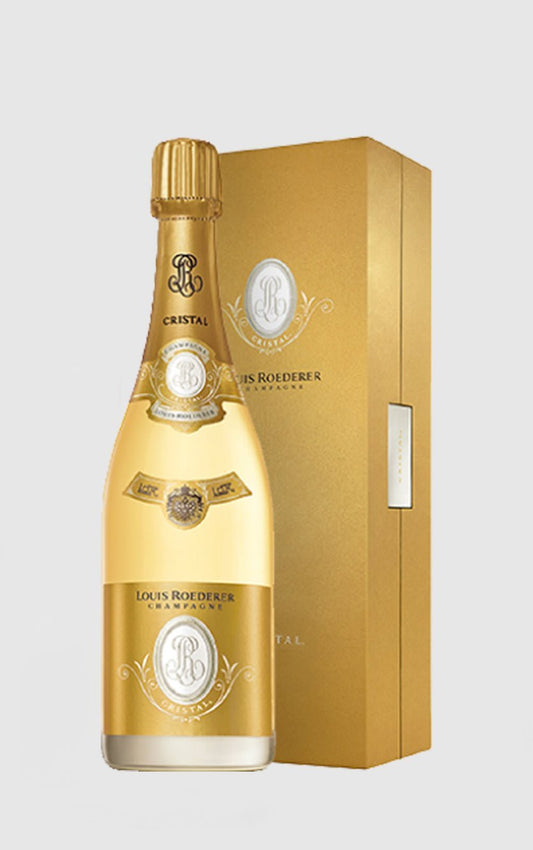 ★ 98 – Wine Enthusiast★ 98 – James Suckling★ 97 – Robert Parker★ 96 – DH Wines★ 95 – Decanter★ 4.7 – Vivino
★ 98 – Wine Enthusiast★ 98 – James Suckling★ 97 – Robert Parker★ 96 – DH Wines★ 95 – Decanter★ 4.7 – VivinoLouis Roederer Cristal 2014 in gift box
Vendor:Louis RoedererRegular price 2.495,00 DKKRegular priceUnit price / per -
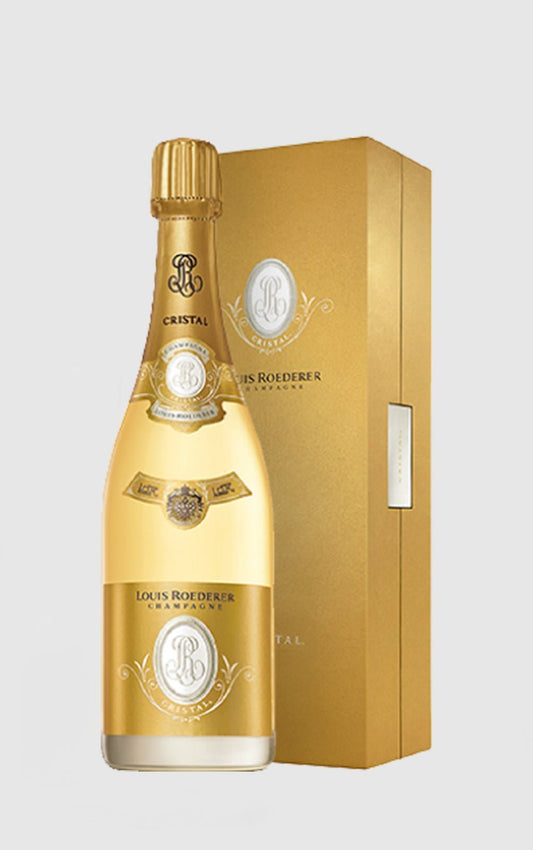 ★ 97 – Wine Enthusiast★ 97 – James Suckling★ 97 – DH Wines★ 95 – Decanter★ 94 – Robert Parker★ 4.6 – Vivino
★ 97 – Wine Enthusiast★ 97 – James Suckling★ 97 – DH Wines★ 95 – Decanter★ 94 – Robert Parker★ 4.6 – VivinoLouis Roederer Cristal 2009 Magnum in gift box
Vendor:Louis RoedererRegular price 5.999,00 DKKRegular priceUnit price / per -
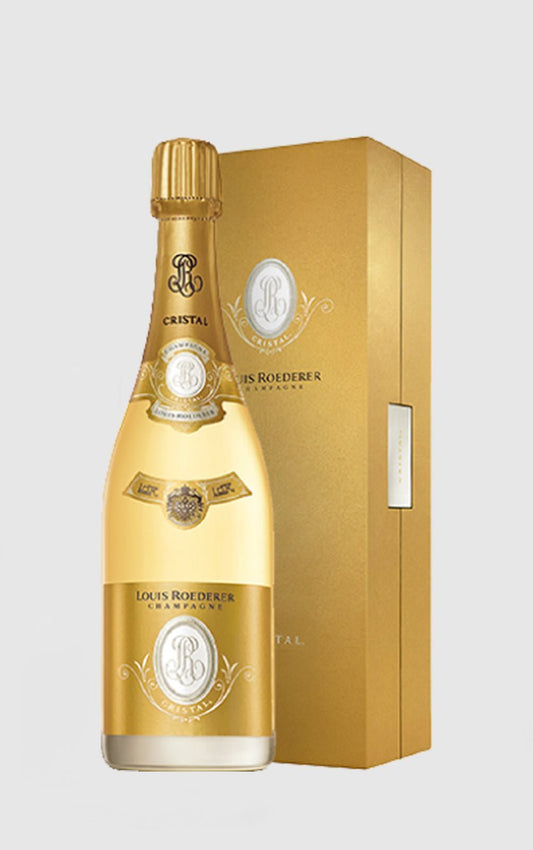 ★ 100 – Robert Parker★ 100 – James Suckling★ 98 – Wine Enthusiast★ 98 – Decanter★ 98 – DH Wines★ 4.7 – Vivino
★ 100 – Robert Parker★ 100 – James Suckling★ 98 – Wine Enthusiast★ 98 – Decanter★ 98 – DH Wines★ 4.7 – VivinoLouis Roederer Cristal 2008 Magnum in gift box
Vendor:Louis RoedererRegular price 9.995,00 DKKRegular priceUnit price / per0,00 DKKSale price 9.995,00 DKK -
 ★ 99 – DH Wines★ 4.5 – Vivino
★ 99 – DH Wines★ 4.5 – VivinoLouis Roederer Cristal Rosé 2008 in gift box
Vendor:Louis RoedererRegular price 5.999,00 DKKRegular priceUnit price / per -
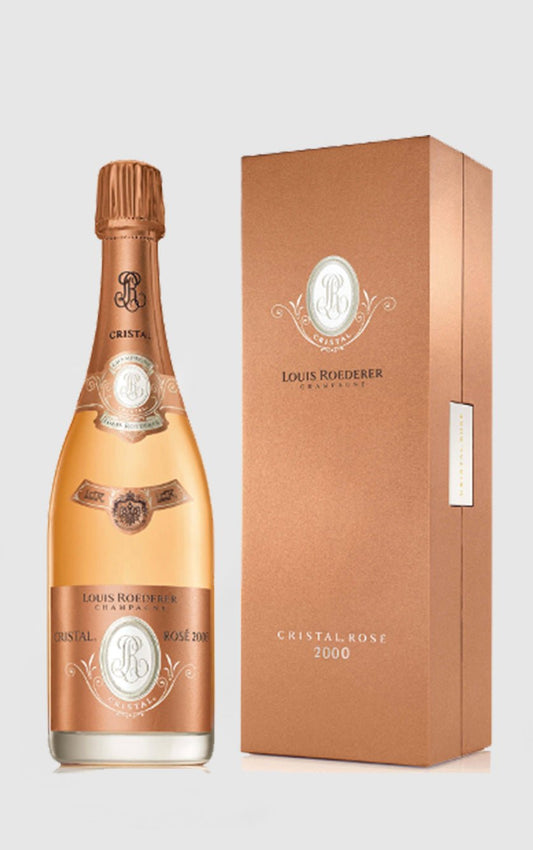 ★ 99 – James Suckling★ 98 – Wine Enthusiast★ 98 – Robert Parker★ 98 – DH Wines★ 4.6 – Vivino
★ 99 – James Suckling★ 98 – Wine Enthusiast★ 98 – Robert Parker★ 98 – DH Wines★ 4.6 – VivinoLouis Roederer Cristal Rosé 2000 in gift box
Vendor:Louis RoedererRegular price 5.999,00 DKKRegular priceUnit price / per -
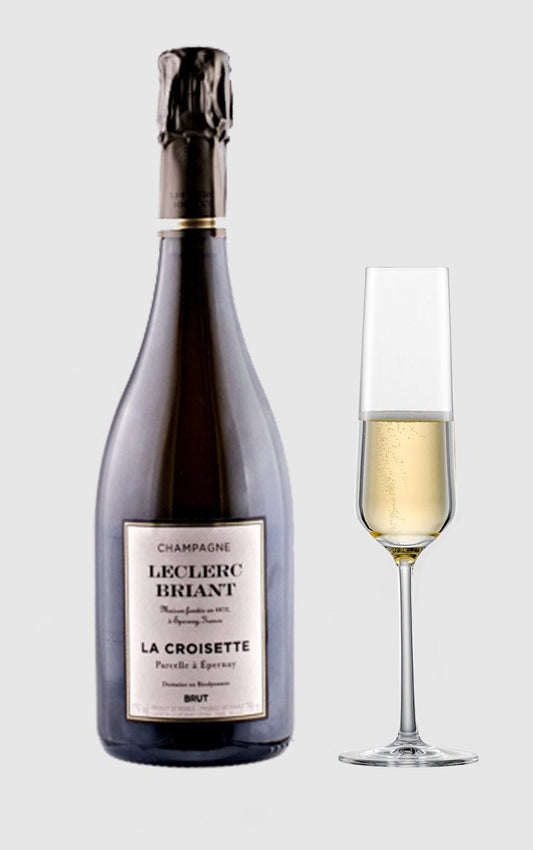 ★ 97 – Robert Parker★ 95 – DH Wines★ 93 – Wine Enthusiast★ 4.3 – Vivino
★ 97 – Robert Parker★ 95 – DH Wines★ 93 – Wine Enthusiast★ 4.3 – VivinoLeclerc Briant La Croisette 2014
Vendor:Leclerc BriantRegular price 1.499,00 DKKRegular priceUnit price / per0,00 DKKSale price 1.499,00 DKK -
 ★ 99 – Robert Parker★ 99 – Decanter★ 98 – Wine Enthusiast★ 98 – James Suckling★ 97 – DH Wines★ 4.7 – Vivino
★ 99 – Robert Parker★ 99 – Decanter★ 98 – Wine Enthusiast★ 98 – James Suckling★ 97 – DH Wines★ 4.7 – VivinoLouis Roederer Cristal Rosé 2012 Magnum Champagne
Vendor:Louis RoedererRegular price 12.500,00 DKKRegular priceUnit price / per -
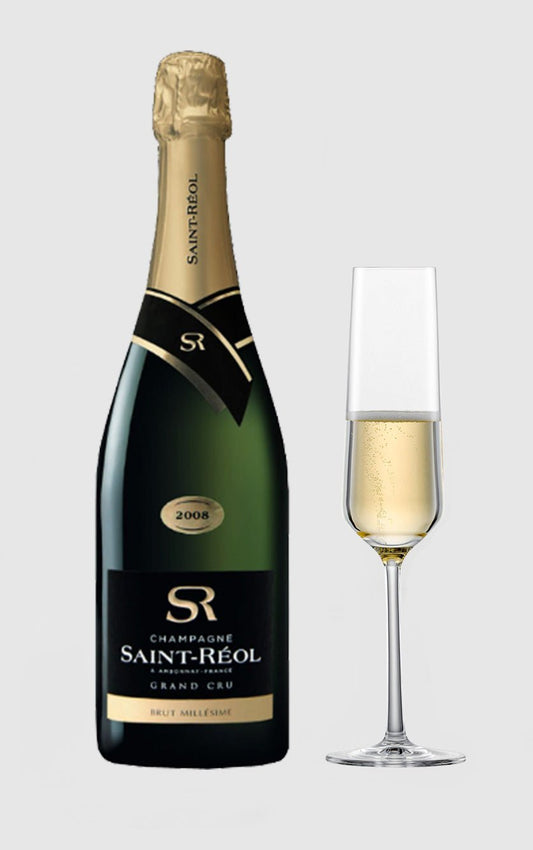 ★ 91 – DH Wines★ 4.4 – VivinoSold out
★ 91 – DH Wines★ 4.4 – VivinoSold outSaint reol millesime 2008 grand cru
Vendor:Saint ReolRegular price 399,00 DKKRegular priceUnit price / per -
 ★ 92 – DH Wines★ 4.0 – Vivino
★ 92 – DH Wines★ 4.0 – VivinoGuy Michel Champagne 2000 Paris Folies
Vendor:Guy MichelRegular price 499,00 DKKRegular priceUnit price / per -
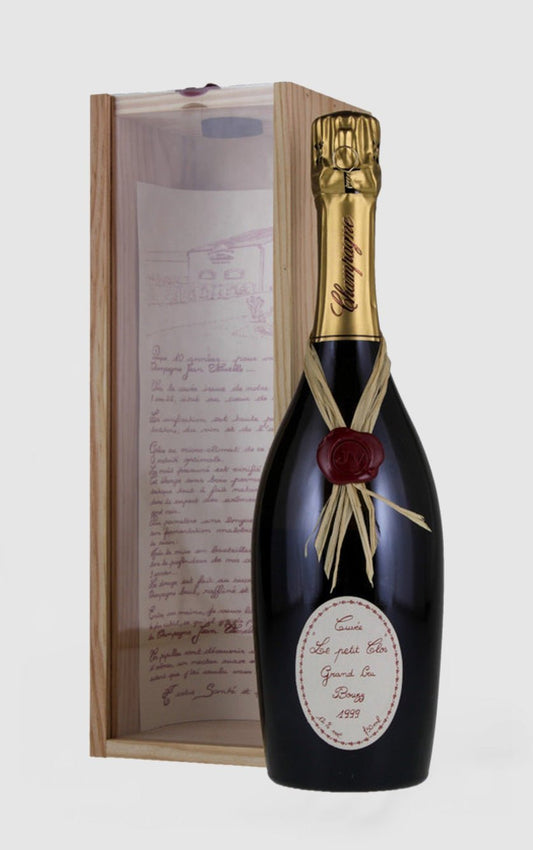 ★ 92 – Wine Enthusiast★ 92 – DH Wines★ 4.5 – Vivino
★ 92 – Wine Enthusiast★ 92 – DH Wines★ 4.5 – VivinoJean Vesselle, Cuvée Le Petit clos 2009, Grand Cru Bouzy
Vendor:Jean VesselleRegular price 1.595,00 DKKRegular priceUnit price / per -
 ★ 93 – James Suckling★ 93 – DH Wines★ 4.8 – Vivino
★ 93 – James Suckling★ 93 – DH Wines★ 4.8 – VivinoChampagne Grand Cru Blanc de Blancs 2012
Vendor:UnknownRegular price 1.899,00 DKKRegular priceUnit price / per0,00 DKKSale price 1.899,00 DKK -
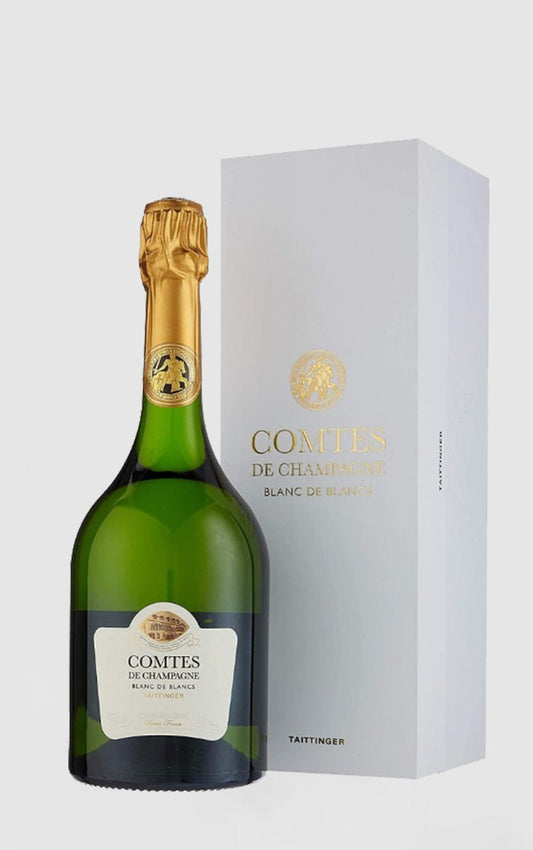 ★ 99 – Wine Enthusiast★ 99 – James Suckling★ 98 – Robert Parker★ 98 – DH Wines★ 97 – Decanter★ 4.7 – Vivino
★ 99 – Wine Enthusiast★ 99 – James Suckling★ 98 – Robert Parker★ 98 – DH Wines★ 97 – Decanter★ 4.7 – VivinoChampagne Taittinger Comtes De Champagne 2008
Vendor:Laurent-PerrierRegular price 2.395,00 DKKRegular priceUnit price / per -
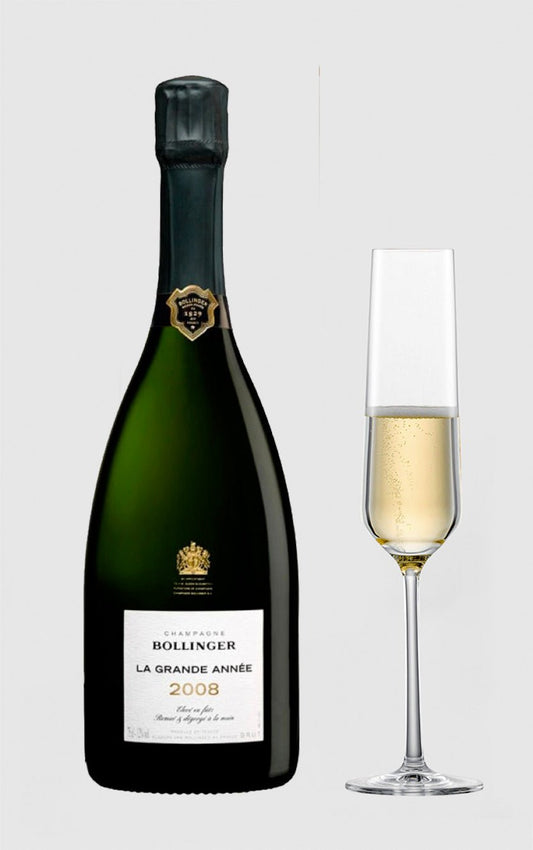 ★ 98 – James Suckling★ 97 – Wine Enthusiast★ 96 – Decanter★ 95 – Robert Parker★ 94 – DH Wines★ 4.7 – Vivino
★ 98 – James Suckling★ 97 – Wine Enthusiast★ 96 – Decanter★ 95 – Robert Parker★ 94 – DH Wines★ 4.7 – VivinoBollinger Grande Année 2008 - 007 champagne
Vendor:BollingerRegular price 1.500,00 DKKRegular priceUnit price / per -
 ★ 94 – Wine Enthusiast★ 94 – James Suckling★ 94 – DH Wines★ 93 – Robert Parker★ 4.2 – Vivino
★ 94 – Wine Enthusiast★ 94 – James Suckling★ 94 – DH Wines★ 93 – Robert Parker★ 4.2 – VivinoLouis Roederer Philippe Starck 2015
Vendor:Louis RoedererRegular price 799,00 DKKRegular priceUnit price / per0,00 DKKSale price 799,00 DKK -
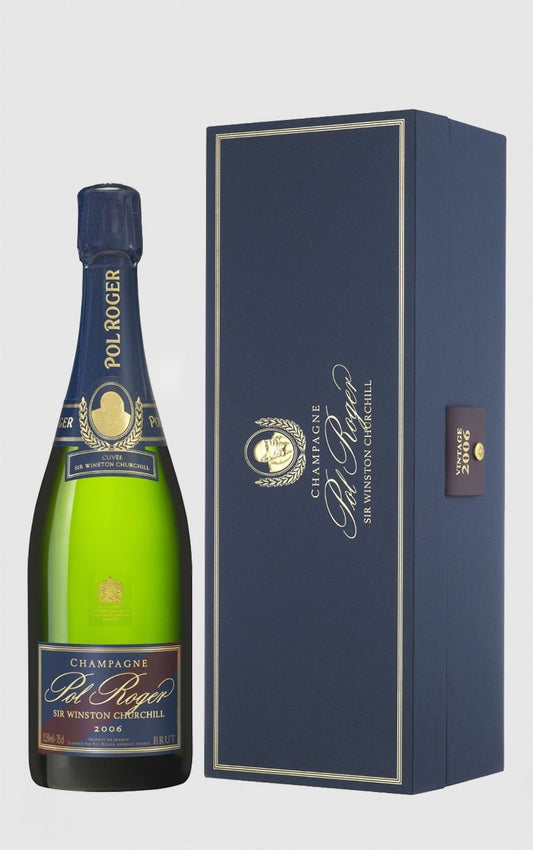 ★ 98 – James Suckling★ 98 – Decanter★ 95 – Robert Parker★ 95 – DH Wines★ 94 – Wine Enthusiast★ 4.6 – VivinoSold out
★ 98 – James Suckling★ 98 – Decanter★ 95 – Robert Parker★ 95 – DH Wines★ 94 – Wine Enthusiast★ 4.6 – VivinoSold outPol Roger Sir Winston Churchill 2006
Vendor:Pol RogerRegular price 2.495,00 DKKRegular priceUnit price / per -
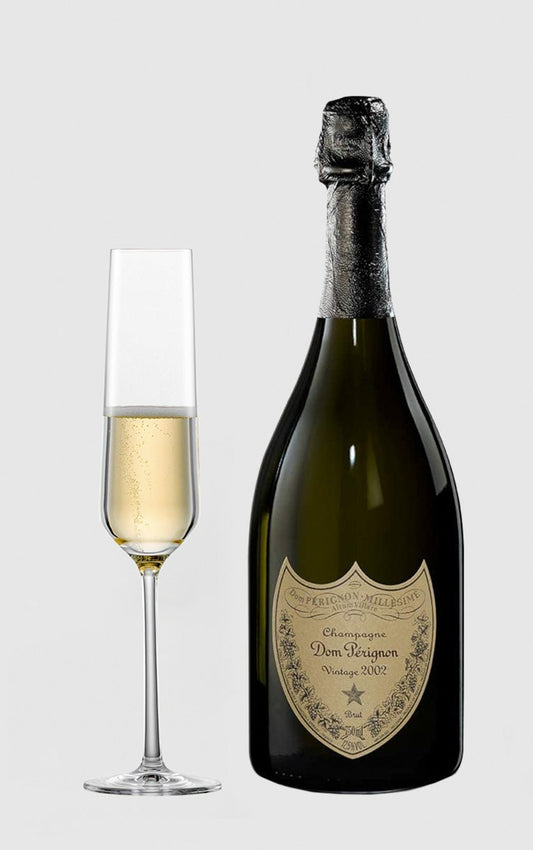 ★ 98 – Wine Enthusiast★ 98 – James Suckling★ 98 – DH Wines★ 94 – Decanter★ 4.7 – VivinoSold out
★ 98 – Wine Enthusiast★ 98 – James Suckling★ 98 – DH Wines★ 94 – Decanter★ 4.7 – VivinoSold outDom Pérignon Champagne 2002 Naked
Vendor:Dom PérignonRegular price 2.995,00 DKKRegular priceUnit price / per -
 ★ 98 – James Suckling★ 95 – Robert Parker★ 95 – Decanter★ 94 – Wine Enthusiast★ 93 – DH Wines★ 4.6 – Vivino
★ 98 – James Suckling★ 95 – Robert Parker★ 95 – Decanter★ 94 – Wine Enthusiast★ 93 – DH Wines★ 4.6 – VivinoDom Pérignon Champagne 2005 in gift box
Vendor:Dom PérignonRegular price 2.195,00 DKKRegular priceUnit price / per -
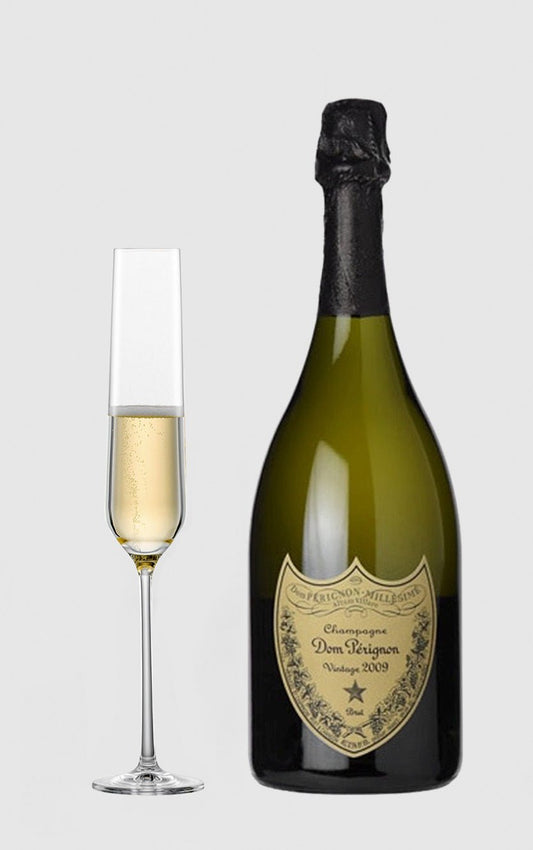 ★ 96 – Wine Enthusiast★ 96 – James Suckling★ 96 – DH Wines★ 93 – Robert Parker★ 4.6 – VivinoSold out
★ 96 – Wine Enthusiast★ 96 – James Suckling★ 96 – DH Wines★ 93 – Robert Parker★ 4.6 – VivinoSold outDom Pérignon Champagne 2009 Naked
Vendor:Dom PérignonRegular price 1.895,00 DKKRegular priceUnit price / per -
 ★ 92 – DH Wines★ 4.2 – Vivino
★ 92 – DH Wines★ 4.2 – VivinoChampagne Extra Brut 'Demi - Lune' Bruno Michel 2016
Vendor:Dumangin FilsRegular price 649,00 DKKRegular priceUnit price / per -
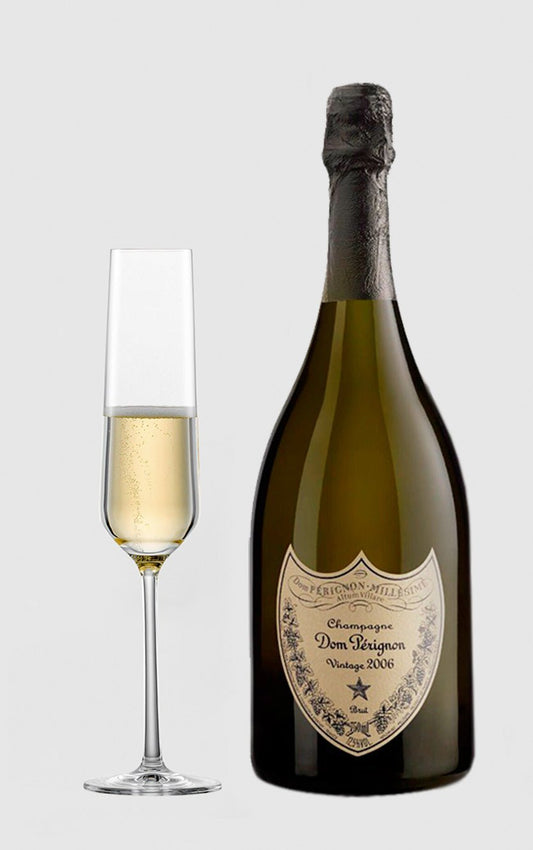 ★ 97 – James Suckling★ 95 – DH Wines★ 94 – Decanter★ 90 – Robert Parker★ 4.6 – Vivino
★ 97 – James Suckling★ 95 – DH Wines★ 94 – Decanter★ 90 – Robert Parker★ 4.6 – VivinoDom Perignon Vintage 2006 Champagne Naked
Vendor:Dom PérignonRegular price 1.995,00 DKKRegular priceUnit price / per -
 ★ 93 – James Suckling★ 92 – Wine Enthusiast★ 92 – DH Wines★ 4.3 – Vivino
★ 93 – James Suckling★ 92 – Wine Enthusiast★ 92 – DH Wines★ 4.3 – Vivinode Venoge, Cordon Bleu Extra Brut
Vendor:de VenogeRegular price 529,00 DKKRegular priceUnit price / per -
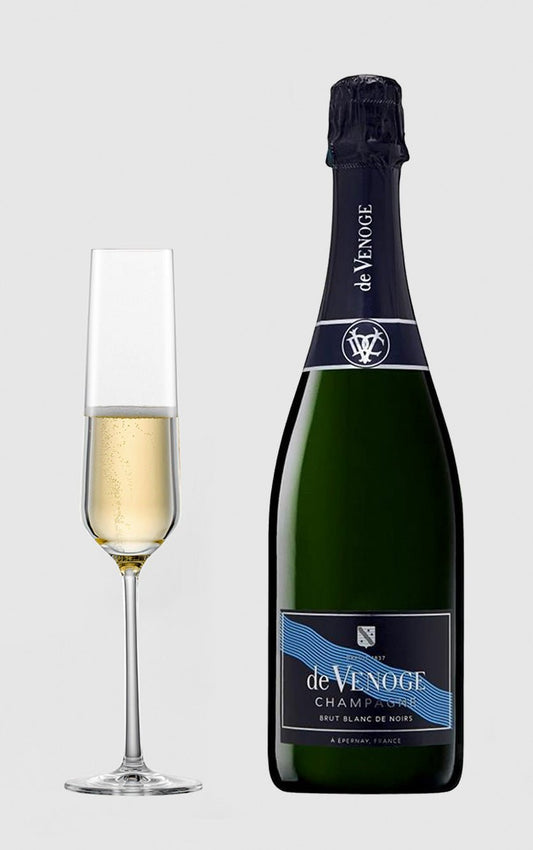 ★ 93 – DH Wines★ 92 – James Suckling★ 4.1 – Vivino
★ 93 – DH Wines★ 92 – James Suckling★ 4.1 – Vivinode Venoge Cordon Bleu Brut Blanc De Noirs Champagne
Vendor:de VenogeRegular price 529,00 DKKRegular priceUnit price / per -
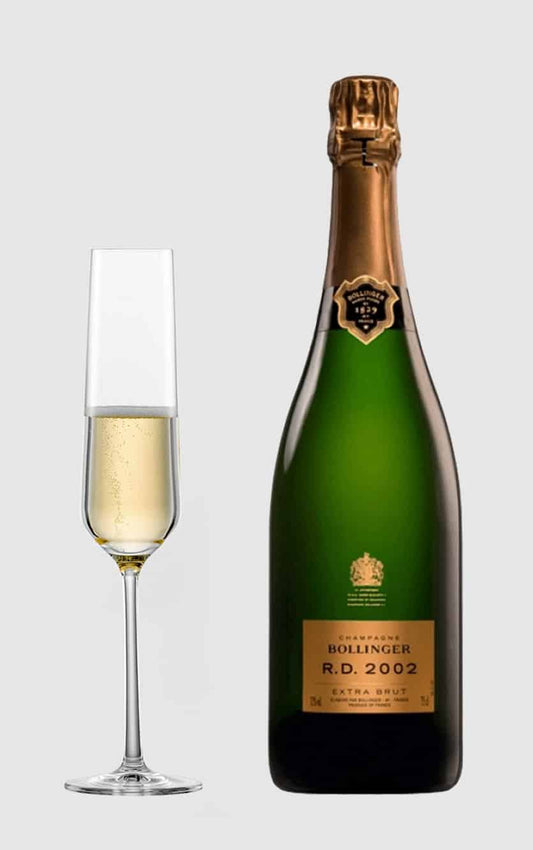 ★ 98 – Robert Parker★ 97 – Wine Enthusiast★ 97 – James Suckling★ 97 – Decanter★ 96 – DH Wines★ 4.7 – Vivino
★ 98 – Robert Parker★ 97 – Wine Enthusiast★ 97 – James Suckling★ 97 – Decanter★ 96 – DH Wines★ 4.7 – VivinoBollinger RD 2002 Extra Brut Champagne
Vendor:BollingerRegular price 1.995,00 DKKRegular priceUnit price / per -
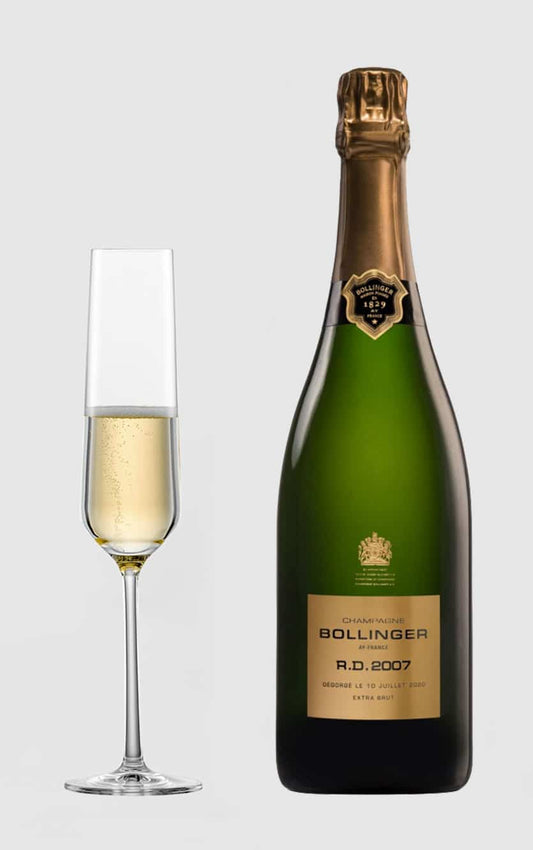 ★ 98 – James Suckling★ 98 – Decanter★ 97 – Wine Enthusiast★ 97 – Robert Parker★ 97 – DH Wines★ 4.7 – Vivino
★ 98 – James Suckling★ 98 – Decanter★ 97 – Wine Enthusiast★ 97 – Robert Parker★ 97 – DH Wines★ 4.7 – VivinoBollinger RD 2007 Extra Brut Champagne
Vendor:BondRegular price 1.595,00 DKKRegular priceUnit price / per -
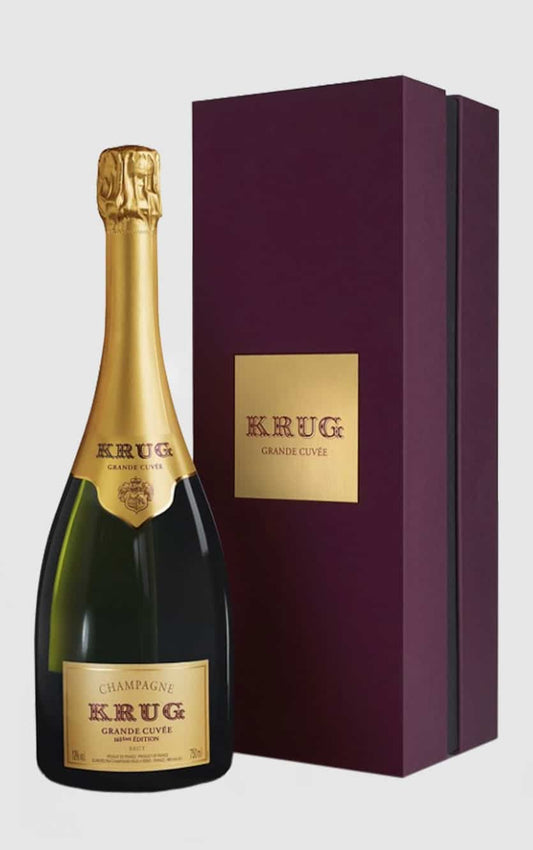 ★ 97 – Decanter★ 96 – Wine Enthusiast★ 96 – DH Wines★ 95 – Robert Parker★ 95 – James Suckling★ 4.6 – Vivino
★ 97 – Decanter★ 96 – Wine Enthusiast★ 96 – DH Wines★ 95 – Robert Parker★ 95 – James Suckling★ 4.6 – VivinoKrug Grande Cuvée Edt. 164 Brut Champagne
Vendor:KrugRegular price 2.995,00 DKKRegular priceUnit price / per -
 ★ 97 – Robert Parker★ 97 – James Suckling★ 96 – Decanter★ 95 – Wine Enthusiast★ 95 – DH Wines★ 4.5 – Vivino
★ 97 – Robert Parker★ 97 – James Suckling★ 96 – Decanter★ 95 – Wine Enthusiast★ 95 – DH Wines★ 4.5 – VivinoKrug Grande Cuvée Edt. 166 Brut Champagne
Vendor:KrugRegular price 2.495,00 DKKRegular priceUnit price / per -
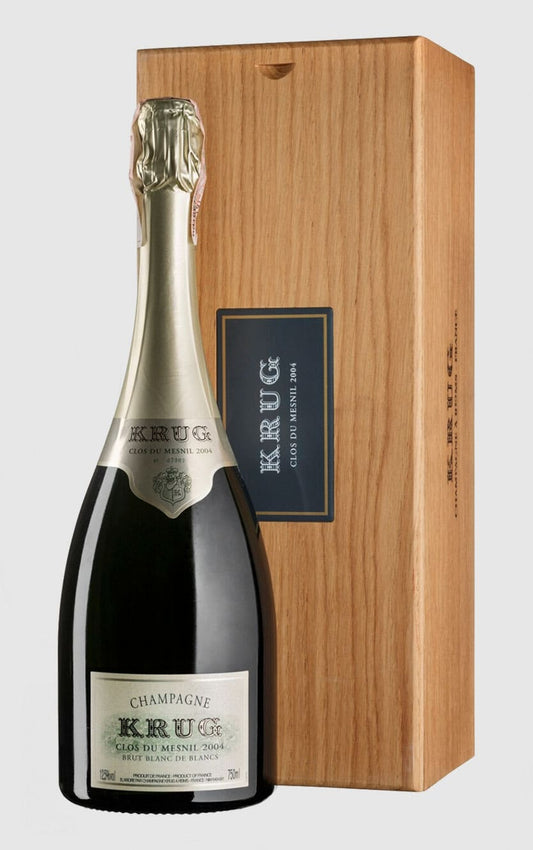 ★ 100 – Wine Enthusiast★ 99 – James Suckling★ 99 – Decanter★ 98 – Robert Parker★ 98 – DH Wines★ 4.8 – Vivino
★ 100 – Wine Enthusiast★ 99 – James Suckling★ 99 – Decanter★ 98 – Robert Parker★ 98 – DH Wines★ 4.8 – VivinoKrug Clos Du Mesnil Blanc De Blancs 2004
Vendor:KrugRegular price 13.995,00 DKKRegular priceUnit price / per -
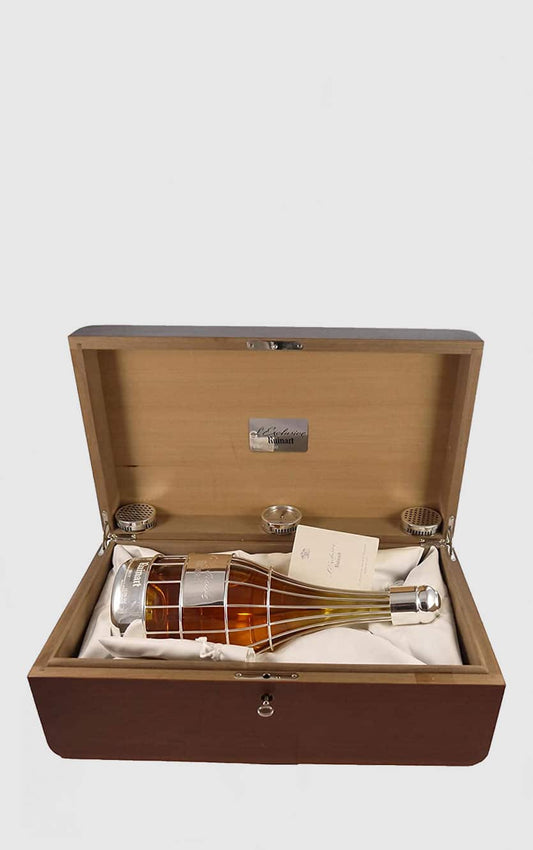 ★ 94 – DH Wines★ 4.3 – Vivino
★ 94 – DH Wines★ 4.3 – VivinoRuinart L'Exclusive 2000 Champagne Magnum 150cl
Vendor:RuinartRegular price 11.995,00 DKKRegular priceUnit price / per -
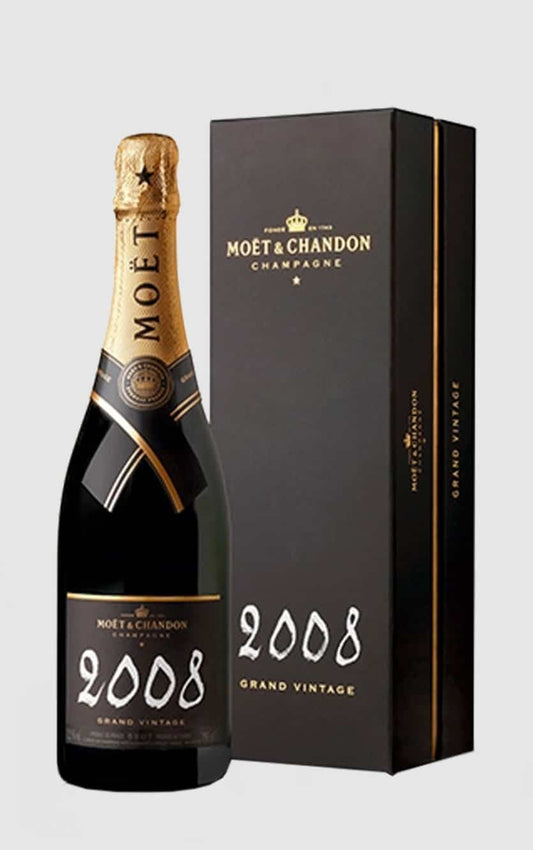 ★ 98 – James Suckling★ 95 – Wine Enthusiast★ 93 – Robert Parker★ 93 – Decanter★ 92 – DH Wines★ 4.4 – Vivino
★ 98 – James Suckling★ 95 – Wine Enthusiast★ 93 – Robert Parker★ 93 – Decanter★ 92 – DH Wines★ 4.4 – VivinoMoet & Chandon – Grand Vintage 2008
Vendor:Moet & ChandonRegular price 695,00 DKKRegular priceUnit price / per -
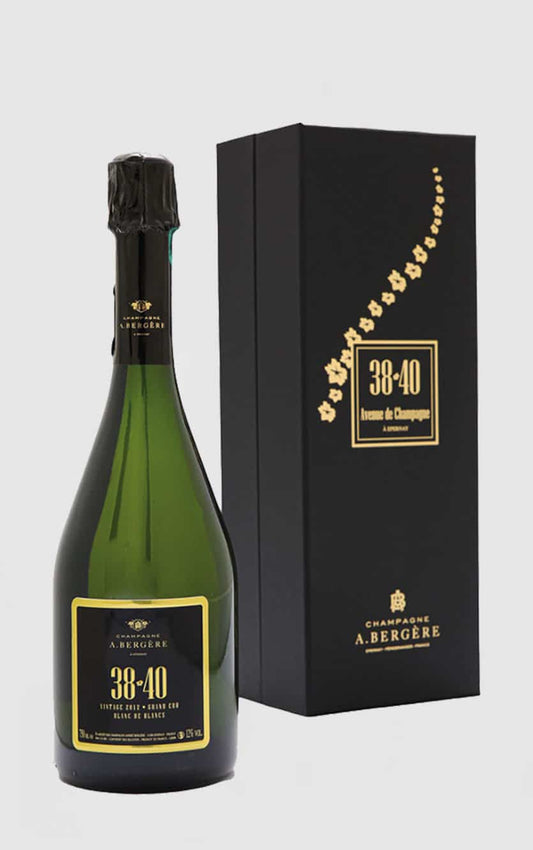 ★ 94 – Robert Parker★ 92 – DH Wines★ 4.2 – Vivino
★ 94 – Robert Parker★ 92 – DH Wines★ 4.2 – VivinoBergère Cuvée 38-40 BdB Grand Cru 2008
Vendor:BergèreRegular price 899,00 DKKRegular priceUnit price / per -
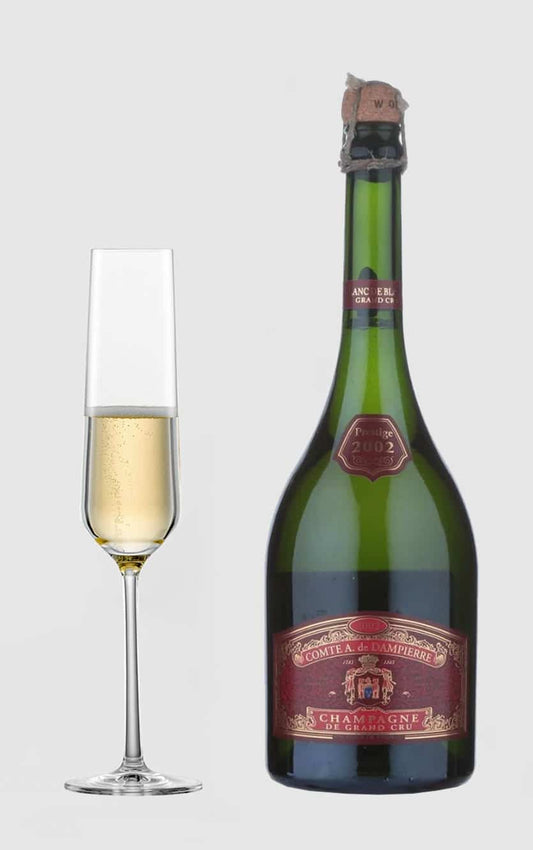 ★ 90 – DH Wines★ 4.3 – Vivino
★ 90 – DH Wines★ 4.3 – VivinoComtes de Dampierre Grand Cru 2002
Vendor:UnknownRegular price 1.995,00 DKKRegular priceUnit price / per -
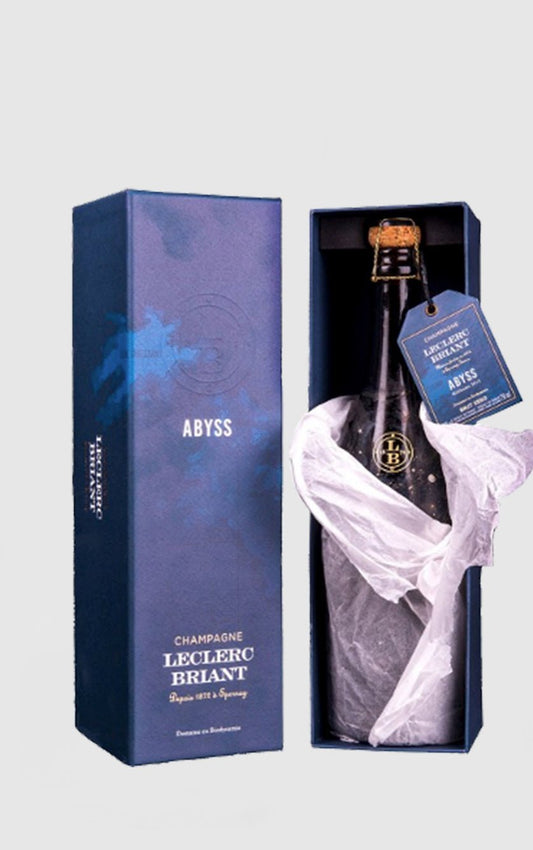 ★ 94 – James Suckling★ 94 – DH Wines★ 5.0 – Vivino
★ 94 – James Suckling★ 94 – DH Wines★ 5.0 – VivinoLeclerc Briant Abyss 2017 MAGNUM 150cl
Vendor:Leclerc BriantRegular price 4.495,00 DKKRegular priceUnit price / per0,00 DKKSale price 4.495,00 DKK -
 ★ 93 – James Suckling★ 93 – DH Wines★ 4.5 – Vivino
★ 93 – James Suckling★ 93 – DH Wines★ 4.5 – VivinoPierre Morlet Millesime Brut 2015 Premier Cru
Vendor:Pierre MorletRegular price 499,00 DKKRegular priceUnit price / per -
 ★ 91 – DH Wines★ 4.1 – Vivino
★ 91 – DH Wines★ 4.1 – VivinoPierre Morlet Cuvee Suivie Premier Cru
Vendor:Pierre MorletRegular price 349,00 DKKRegular priceUnit price / per -
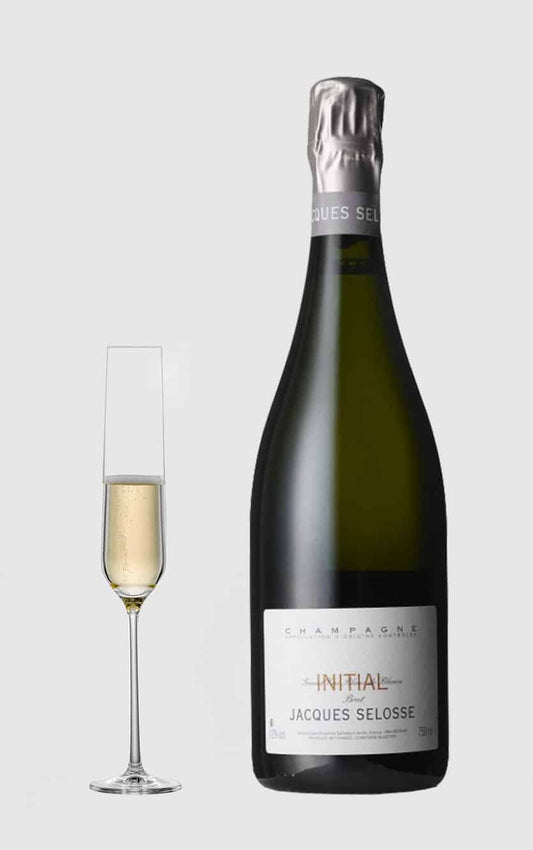 ★ 97 – DH Wines★ 95 – Decanter★ 4.8 – Vivino
★ 97 – DH Wines★ 95 – Decanter★ 4.8 – VivinoJacques Selosse Initial Blanc de Blancs
Vendor:Jacques SelosseRegular price 3.795,00 DKKRegular priceUnit price / per -
 ★ 99 – Wine Enthusiast★ 98 – Decanter★ 97 – Robert Parker★ 97 – James Suckling★ 97 – DH Wines★ 4.7 – Vivino
★ 99 – Wine Enthusiast★ 98 – Decanter★ 97 – Robert Parker★ 97 – James Suckling★ 97 – DH Wines★ 4.7 – VivinoLouis Roederer Cristal 2006 Brut 3 Liter
Vendor:Louis Roederer-8% rabatRegular price 22.995,00 DKKRegular priceUnit price / per24.995,00 DKKSale price 22.995,00 DKKSale -
 ★ 93 – Robert Parker★ 93 – James Suckling★ 92 – DH Wines★ 4.7 – Vivino
★ 93 – Robert Parker★ 93 – James Suckling★ 92 – DH Wines★ 4.7 – VivinoChampagne Dumangin Fils Premier Cru Extra Brut 2010 Rosé
Vendor:Dumangin FilsRegular price 549,00 DKKRegular priceUnit price / per -
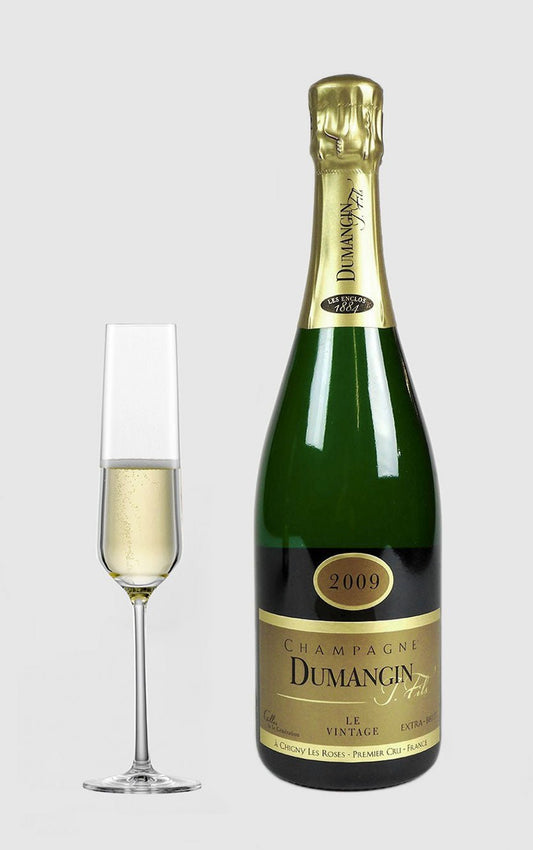 ★ 93 – Decanter★ 93 – DH Wines★ 92 – James Suckling★ 4.5 – Vivino
★ 93 – Decanter★ 93 – DH Wines★ 92 – James Suckling★ 4.5 – VivinoChampagne Dumangin Fils Premier Cru Extra Brut 2009
Vendor:Unknown-9% rabatRegular price 499,00 DKKRegular priceUnit price / per549,00 DKKSale price 499,00 DKKSale -
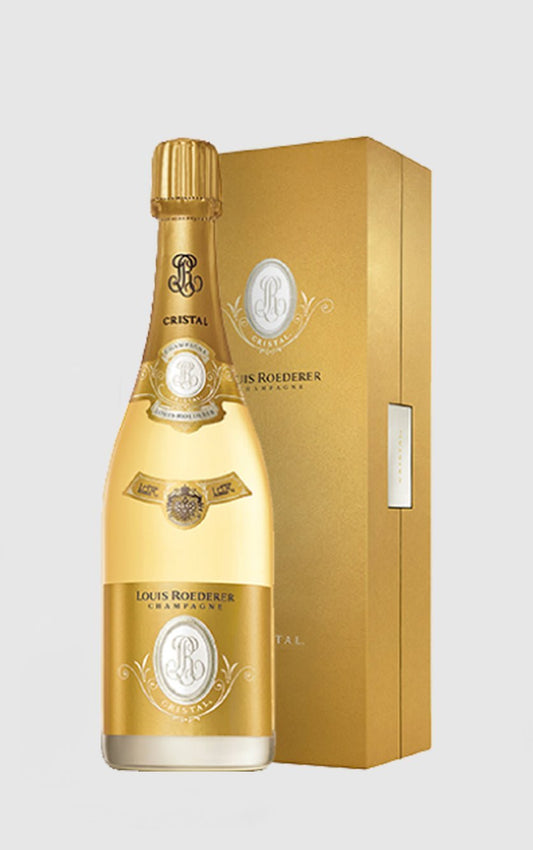 ★ 98 – Robert Parker★ 98 – James Suckling★ 98 – Decanter★ 97 – Wine Enthusiast★ 97 – DH Wines★ 4.7 – Vivino
★ 98 – Robert Parker★ 98 – James Suckling★ 98 – Decanter★ 97 – Wine Enthusiast★ 97 – DH Wines★ 4.7 – VivinoLouis Roederer Cristal 2015 in gift box
Vendor:Louis RoedererRegular price 2.495,00 DKKRegular priceUnit price / per -
 ★ 93 – James Suckling★ 92 – DH Wines★ 91 – Wine Enthusiast★ 4.2 – Vivino
★ 93 – James Suckling★ 92 – DH Wines★ 91 – Wine Enthusiast★ 4.2 – VivinoLouis Roederer Nv Champagne Brut Premier 600cl
Vendor:Louis RoedererRegular price 4.500,00 DKKRegular priceUnit price / per -
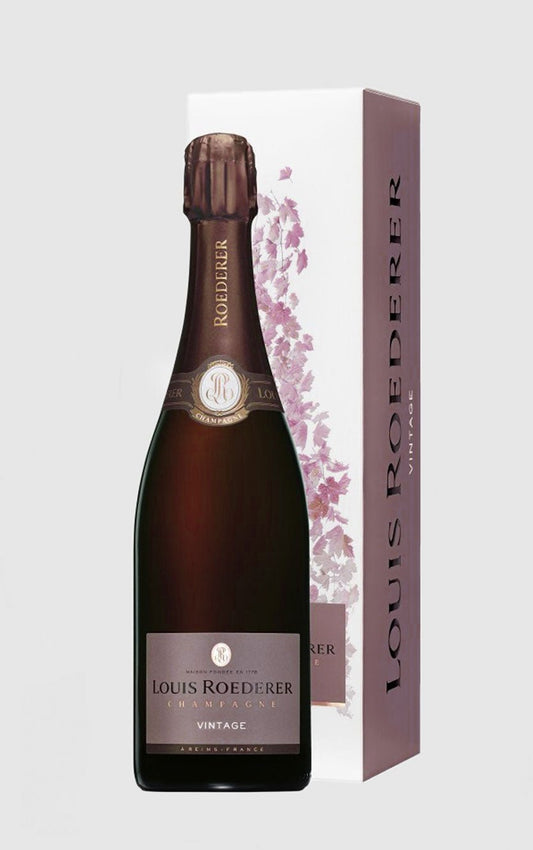 ★ 95 – DH Wines★ 93 – Wine Enthusiast★ 93 – James Suckling★ 93 – Decanter★ 92 – Robert Parker★ 4.5 – Vivino
★ 95 – DH Wines★ 93 – Wine Enthusiast★ 93 – James Suckling★ 93 – Decanter★ 92 – Robert Parker★ 4.5 – VivinoLouis Roederer 2014 Vintage Brut Champagne
Vendor:Louis RoedererRegular price 749,00 DKKRegular priceUnit price / per -
 ★ 100 – Wine Enthusiast★ 98 – James Suckling★ 98 – DH Wines★ 96 – Robert Parker★ 96 – Decanter★ 4.5 – Vivino
★ 100 – Wine Enthusiast★ 98 – James Suckling★ 98 – DH Wines★ 96 – Robert Parker★ 96 – Decanter★ 4.5 – VivinoLouis Roederer Cristal Rosé 2013 in gift box
Vendor:Louis RoedererRegular price 4.395,00 DKKRegular priceUnit price / per -
 ★ 99 – Wine Enthusiast★ 99 – James Suckling★ 98 – Robert Parker★ 98 – DH Wines★ 96 – Decanter★ 4.8 – Vivino
★ 99 – Wine Enthusiast★ 99 – James Suckling★ 98 – Robert Parker★ 98 – DH Wines★ 96 – Decanter★ 4.8 – VivinoLouis Roederer Cristal Rosé 2014 in gift box
Vendor:Louis RoedererRegular price 4.895,00 DKKRegular priceUnit price / per -
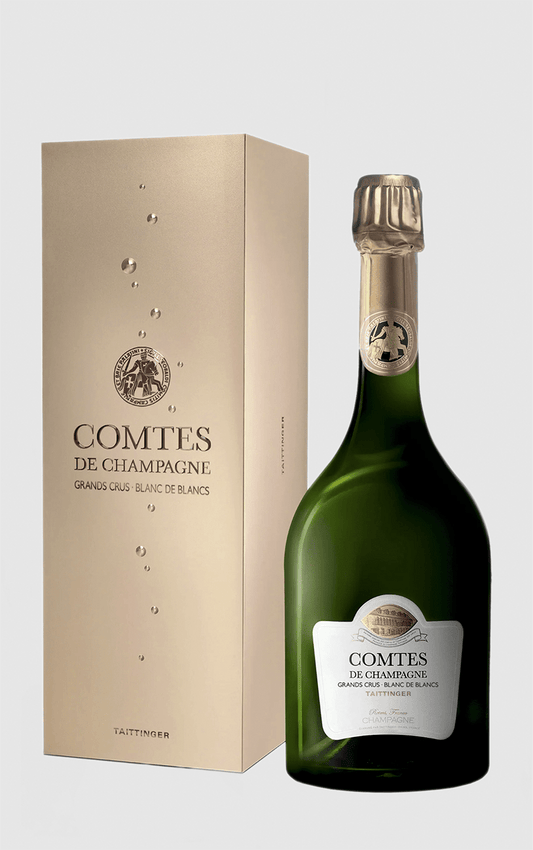 ★ 95 – Robert Parker★ 95 – DH Wines★ 93 – James Suckling★ 4.4 – Vivino
★ 95 – Robert Parker★ 95 – DH Wines★ 93 – James Suckling★ 4.4 – VivinoChampagne Grand Cru Blanc de Blancs 2012
Vendor:UnknownRegular price 1.999,00 DKKRegular priceUnit price / per -
 ★ 96 – Decanter★ 95 – Robert Parker★ 95 – James Suckling★ 94 – DH Wines★ 93 – Wine Enthusiast★ 4.5 – Vivino
★ 96 – Decanter★ 95 – Robert Parker★ 95 – James Suckling★ 94 – DH Wines★ 93 – Wine Enthusiast★ 4.5 – VivinoPommery Cuvée Louise 2004 Champagne
Vendor:Pol Roger-13% rabatRegular price 1.295,00 DKKRegular priceUnit price / per1.495,00 DKKSale price 1.295,00 DKKSale -
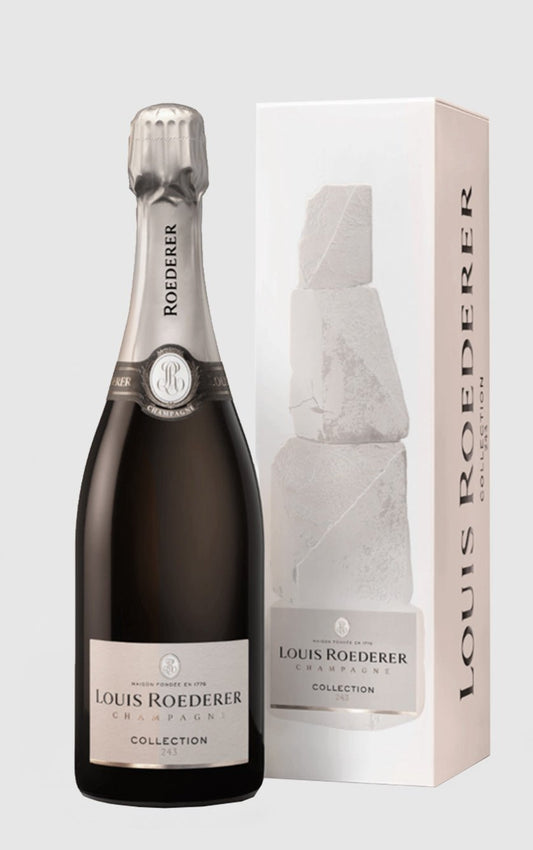 ★ 95 – DH Wines★ 94 – Wine Enthusiast★ 94 – Robert Parker★ 94 – Decanter★ 93 – James Suckling★ 4.4 – Vivino
★ 95 – DH Wines★ 94 – Wine Enthusiast★ 94 – Robert Parker★ 94 – Decanter★ 93 – James Suckling★ 4.4 – VivinoLouis Roederer Collection 243 Magnum Brut Champagne
Vendor:Louis RoedererRegular price 1.195,00 DKKRegular priceUnit price / per0,00 DKKSale price 1.195,00 DKK -
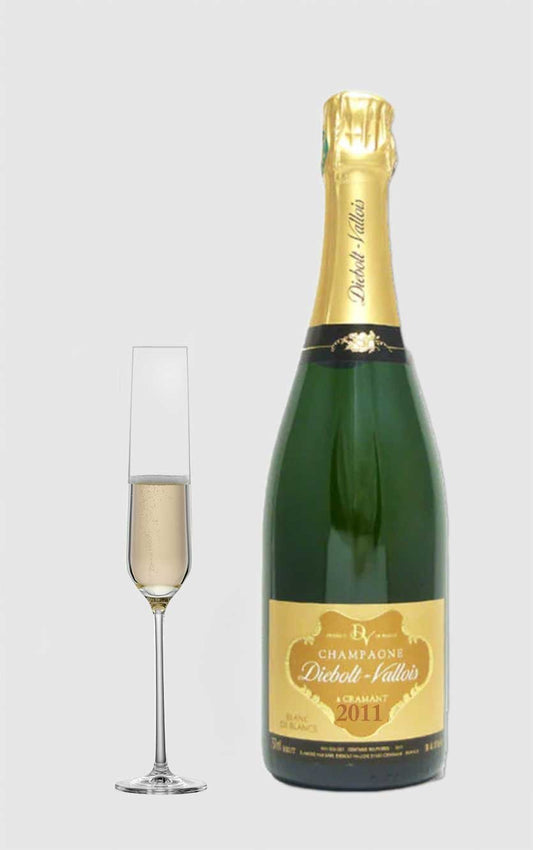 ★ 94 – Wine Enthusiast★ 94 – Robert Parker★ 93 – James Suckling★ 93 – DH Wines★ 4.6 – Vivino
★ 94 – Wine Enthusiast★ 94 – Robert Parker★ 93 – James Suckling★ 93 – DH Wines★ 4.6 – VivinoDiebolt Vallois Blanc de Blancs Vintage 2011
Vendor:Dom Pérignon-19% rabatRegular price 799,00 DKKRegular priceUnit price / per995,00 DKKSale price 799,00 DKKSale
Collection: Champagne
Champagne is the world's most iconic sparkling wine, produced using the traditional method of secondary fermentation in the bottle. The Champagne region in northeastern France is the only area where wine can be called champagne. The combination of cool climate, chalky soil and strict quality requirements results in wines with finesse, acidity and complex aging aromas.
Grapes and styles
- Chardonnay : Provides elegance, acidity and citrusy minerality. Used in Blanc de Blancs and as an important component in blends.
- Pinot Noir : Adds structure, red fruits and depth. Dominates in Champagne Montagne de Reims and Aube.
- Meunier : Gives softness and fruitiness. Ripens earlier and is widely used in the Vallée de la Marne.
The styles range from the dry Brut Nature to the sweeter Demi-Sec . There is also Rosé Champagne made either by maceration or by adding red wine. A Blanc de Blancs is made from 100% Chardonnay, while a Blanc de Noirs consists of Pinot Noir and/or Meunier.
Production method and storage
Champagne is produced using the méthode traditionnelle, where the secondary fermentation takes place in the bottle. After disgorgement, a dosage (sugar and wine) is added, which defines the dryness of the wine:
- Brut Nature: 0–3 g/l residual sugar
- Extra Brut: 0–6 g/l
- Brut: up to 12 g/l – the most common style
Non-vintage champagne must be aged for at least 15 months, vintage for at least 36 months. Many top producers age significantly longer, giving aromas of brioche, nuts and toast. Aging on the lees (sur lie) creates complexity and a creamy texture.
Terroirs and classification
- Montagne de Reims: Pinot Noir-dominated, powerful and structured champagnes.
- Côte des Blancs: Chardonnay region – source of the best Blanc de Blancs.
- Vallée de la Marne: Meunier focus – fruit-driven and round cuvées.
- Côte des Bar (Aube): More southerly and warmer – Pinot Noir in an expressive style.
The towns are classified into three levels: Grand Cru, Premier Cru and Autre Cru. Grand Cru champagnes come from the highest ranked villages such as Aÿ, Avize, Le Mesnil-sur-Oger and Ambonnay.
Frequently asked questions about champagne
What is the difference between champagne and sparkling wine?
Champagne may only be produced in the Champagne region and must be made using traditional methods. Other sparkling wines such as Cava and Prosecco are often made using different techniques and in other areas.
How long can champagne be stored?
Non-vintage champagne typically lasts 3–5 years, while vintage and prestige cuvées can age 10–20 years or longer under the right conditions.
What does “Brut” mean on a champagne?
Brut indicates the degree of dryness. A Brut champagne contains less than 12 grams of residual sugar per liter and is dry, but round and balanced in taste.
- Choosing a selection results in a full page refresh.
- Opens in a new window.
